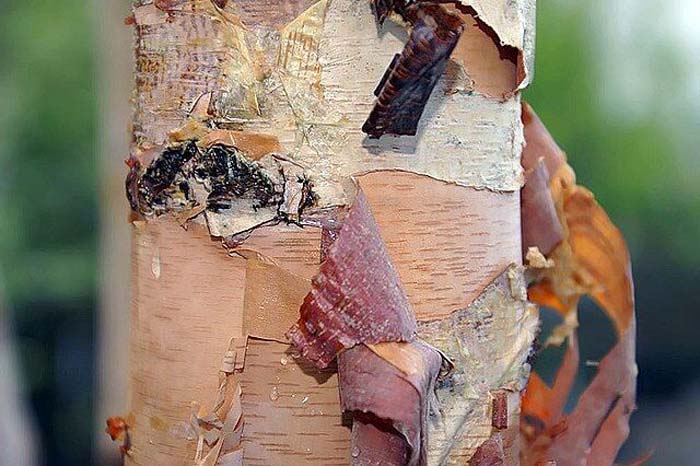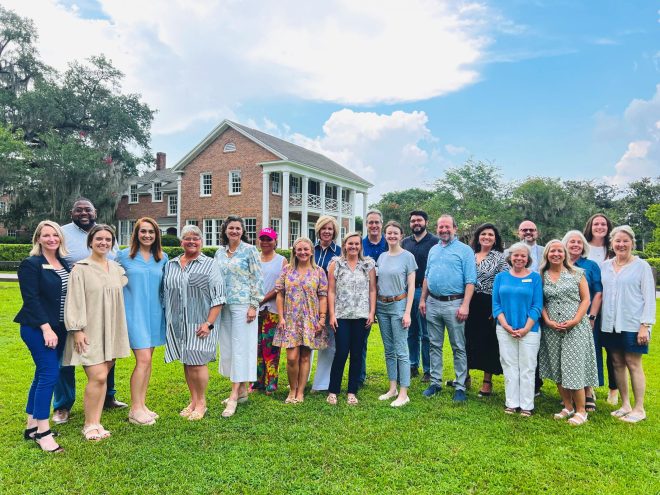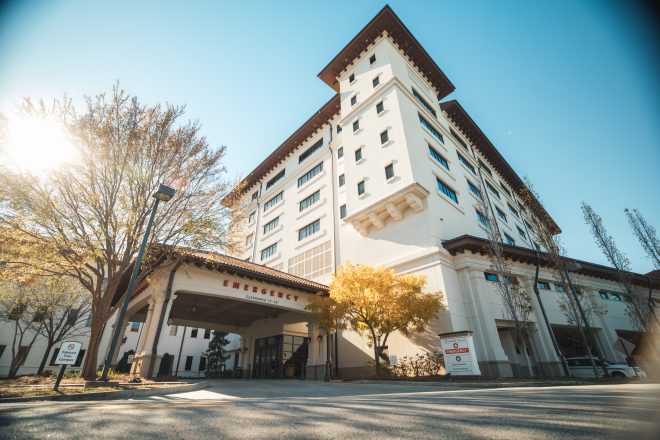River birch is very recognizable!
Published 10:46 am Monday, June 5, 2023

- EASY TO IDENTIFY: River birch or Betula nigra is native to the southern US and is commonly found in the flood plains and swamp areas.
“It’s beautiful, the summer month of June, and the sun shines most of the day brightly.” – Francis Duggan.
Trending
“Not ’till June can the grass be said to be waving in the fields. When the frogs dream, and the grass waves, and the buttercups toss their heads, and the heat disposes to bathe in the ponds and streams, then is summer begun.” – Henry David Thoreau.
“This is for June and all the summers it brings. For the chiming of the church bells that sing in songs of matrimony o’er top hats and lace.” – Frank James Ryan.
“June is bustin’ out all over.” – Oscar Hammerstein II.
In order to make informed choices, plan ahead while familiarizing yourself with specific plants and their needs. Let’s begin this week with the river birch.
The river birch (Betula nigra or water birch) is native to the eastern and southern United States and is a deciduous tree commonly found in the flood plains and swamp areas. The bark of the river birch is very distinctive, thus making it a favored ornamental tree for landscape uses. Its bark is usually dark gray-brown to pinkish-brown and scaly. And in some situations it appears smooth and creamy pinkish-white with exfoliating curly papery sheets. The flowers are wind-pollinated catkins with the male as pendulous and the female as erect. The fruit matures in the late spring and consists of numerous tiny winged seeds positioned between the catkin bracts.
The river birch is well-known for its peeling, paper-like bark. The cinnamon-colored, exfoliating bark of the river birch is awesome in appearance during the winter months (fall leaf color is golden yellow). During the growing season it exhibits lustrous, medium-green leaves (silvery white underneath) and tolerates wet soils and dry summers. It does not tolerate shade and prefers slightly acid to neutral and moist soil conditions. The river birch is the most common birch tree found in our area since most birch species prefer the cooler climates to the north. It is a fast-growing tree but its life is short compared to most trees.
Trending
The bark of the river birch varies according to its age as young trees have a silvery gray bark with light reddish-brown patches and the older trees have dark reddish-brown bark (almost black). It has two different flowers with the male flowers growing in the fall, remaining on the tree through the winter, and producing pollen in the early spring. The female flowers grow in the spring and turn into fruit in May and June (cone filled with hairy seeds) after pollination and are dispersed by wind and water. The ripening of seed coincides with high water levels of rivers (its native setting) thus allowing the seed to be carried long distances by the water. The seed germinates quickly in the mud thus allowing it to grow in areas where it helps prevent erosion.
In such natural settings, the river birch usually grows close to water and is often found on sandbars, islands in streams, streambanks, lakeshores, and floodplains. Other trees found growing in nature in the vicinity of the river birch include American sycamore, red maple, silver maple, black willow, American hornbeam, yellow poplar, blackgum, black cherry, American elm, sugar maple, boxelder, mockernut hickory, American beech, ash, sweetgum, and pin oak.
The river birch is one of the most recognizable and beautiful trees in the landscape. It sheds its bark constantly which drops underneath the tree as a beneficial mulch thus preventing aggressive competition from weeds and other unwanted plants. It is much more resilient and heat tolerant than the white paper birch and is very popular for landscaping on estates, golf courses, metropolitan locations, small business locations, recreational areas, parks, and homes. The river birch is a very popular lawn tree which thrives easily in hot, humid locations and exhibits the attractive peeling bark feature. As one of the fastest growing and outstanding shade trees, it can offer energy savings through temperature control thus lowering your electricity bill as an added bonus.
The river birch can be purchased as a multi-trunk shade tree, although the single trunk specimens are most preferred. It can be used as a screen or shade tree, and as a street tree with irrigation. They are attractive when planted in groupings, especially against a dark background. Because of its shallow root system, the river birch is easy to transplant. It should be pruned during the summer to minimize excessive sap bleeding which can result from spring pruning.
The cultivars include Cully (a broad pyramidal with lighter bark than the species and large, glossy green leaves offering a good resistance to bronze birch borer) and Heritage (a heat-tolerant, highly adaptive cultivar with larger, glossier leaves). The Royal Horticultural Society labels Cully as Heritage and is sold under the name of Heritage even though many distinguish it as an independent cultivar.
Heritage received a Pennsylvania Horticulture Society Gold Medal in 1990 and was selected as 2002 Tree of the Year by the Society of Municipal Arborists. The bark of Heritage is whiter than any birch resistant to bronze birch borer. Heritage offers many positive traits including a cold tolerance in northern environments and a tolerance to the heat of the southern environments.
Other cultivars include City Slicker (exfoliating bark reveals creamy white inner bark), Duraheat (glossy dark green, closely spaced leaves with yellow fall color, aphid resistant, and bark exfoliation at early age), Fox Valley (a dense, compact, oval to rounded habit with branches to the ground and dense foliage), Royal Frost (burgundy-red to purple foliage, followed by yellow-orange to red fall color with white inner bark), Shiloh Splash (variegated leaf with green foliage edged in creamy white) and Suwanee (lustrous dark green leaves with salmon white exfoliating bark). Also, Heritage and Duraheat are recognized as being tolerant of the bronze birch borer (Agrilus anxius) in warmer areas of the southeast. Avoid selections that exhibit growth patterns not consistent with the species including variegated leaves and weeping growth habits.
Happy June!
“Let them give thanks to the LORD for his unfailing love and his wonderful deeds for men.” Psalm 107:31. “Remember your leaders, who spoke the word of God to you. Consider the outcome of their way of life and imitate their faith.” Hebrews 13:7. “I consider my life worth nothing to me; my only aim is to finish the race and complete the task the Lord Jesus has given me—the task of testifying to the Good News of God’s Grace.” Acts 20:24. “Instead, let us test and examine our ways. Let us turn back to the Lord.” Lamentations 3:40. “And whatever you do or say, do it as a representative of the Lord Jesus, giving thanks through Him to God the Father.” Colossians 3:17.





